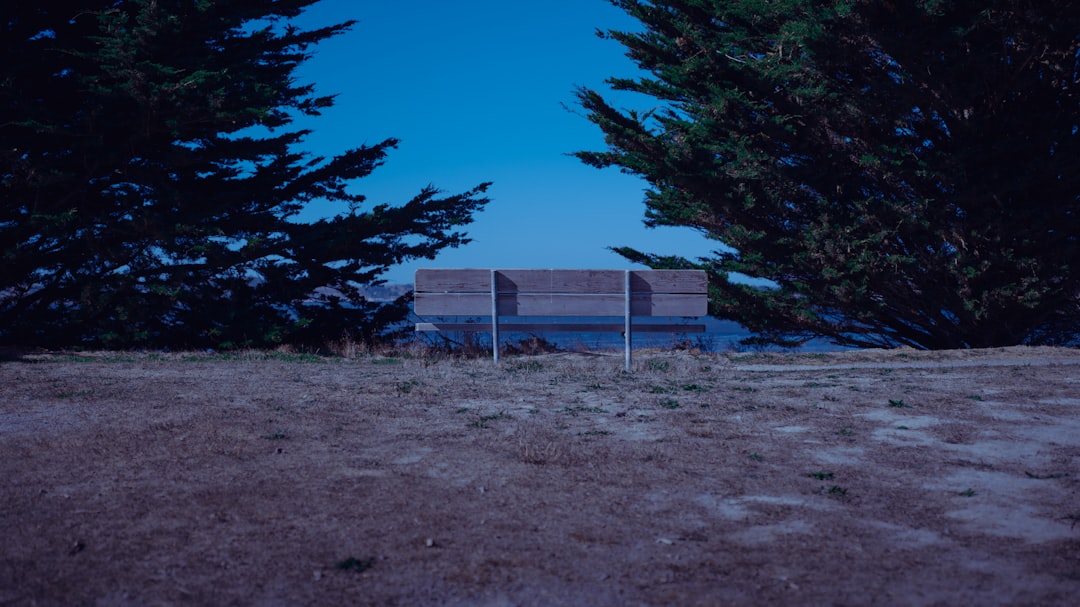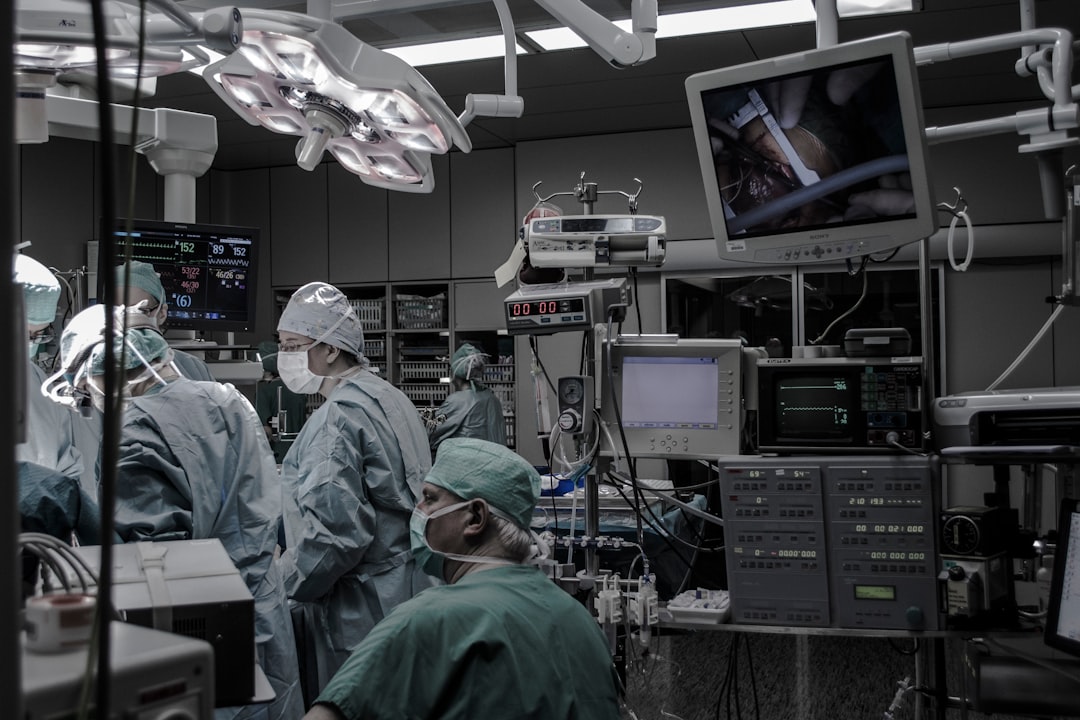What is it about?
Our research has shown that the feet of children and adolescents that grow up habitually barefoot differ from their habitually shod counterparts. The shoe industry in South Africa still uses the lasts (sizing) from the British system. After measuring children's feet, as well as worn and new shoes in retail, we have shown the current shoes available are too narrow.
Featured Image

Photo by Himesh Kumar Behera on Unsplash
Why is it important?
Shoes are one of the external factors that influence foot development. Wearing ill-fitting shoes for long hours could lead to a number of foot pathologies. These problems will typically become worse during adulthood and as people age.
Perspectives
We would like South African shoe companies, parents and educators to take note of our findings and work together to provide school shoes that would fit the unique feet better.
RANEL (Rachel) VENTER
Stellenbosch University
Read the Original
This page is a summary of: Are habitually barefoot children compelled to wear ill-fitting school shoes? A cross-sectional study, BMC Pediatrics, April 2022, Springer Science + Business Media,
DOI: 10.1186/s12887-022-03263-9.
You can read the full text:
Contributors
The following have contributed to this page










